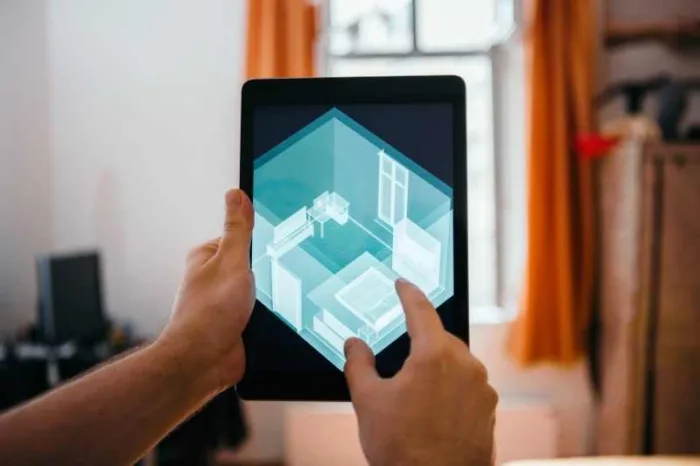Takeaways
- Virtual inspections save time and money by allowing you to facilitate inspections remotely.
- The most important part of a virtual inspection is preparation. So, follow a detailed checklist to prepare for your virtual inspection.
- Five major benefits of remote virtual inspections include reduced costs, eliminated scheduling conflicts, increased productivity, increased quality assurance, and lowered carbon emission.
- Virtual inspections won’t entirely replace in-person inspections, but they’re a convenient way to keep your building operating amidst busy schedules, social distancing, and lockdowns.
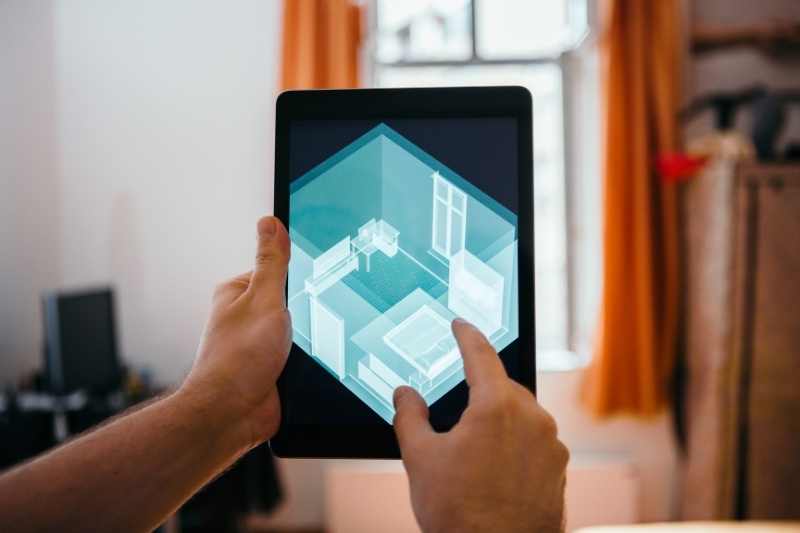
The COVID-19 pandemic changed every aspect of the real estate industry — and on-site inspections and property walkthroughs are no exception. So, how can you complete thorough inspections to ensure building safety without an inspector visiting your property in person? The answer is simple: implementing virtual inspections!
Virtual inspections allow you to conduct vital property assessments remotely. They’re a practical and reliable way to inspect your multifamily and gated communities — so much so that they’ve become a new industry standard. In fact, you can expect to continue virtual inspections long after social distancing measures end.
To help you navigate this new property management tool, we’ve created the ultimate guide to virtual inspections. Read on to discover what a virtual inspection is and how to prepare for one. Then, we go over how software can guarantee a successful virtual inspection. Finally, we cover the top five benefits of virtual inspections
This post covers:
- What is a virtual inspection?
- How can software improve your virtual inspection process?
- Top 5 benefits of remote virtual inspections
- Tips for a successful remote virtual inspection
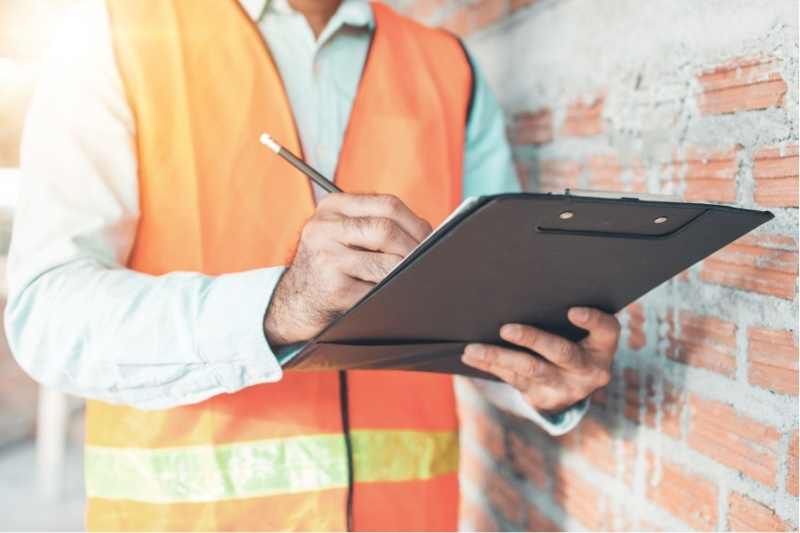
What is a virtual inspection?
A virtual inspection is a property inspection performed by a technical expert via telecommunication. Remote virtual inspections empower property owners and managers to connect with building inspectors remotely using Zoom, Google Meet, or other video calling platforms.
Although virtual inspections were possible before 2020, virtual real estate inspections exploded in popularity during the pandemic. Then, they helped the multifamily industry adapt to health and safety concerns. Now, they save time and money and are a flexible option for carrying out routine property checks and keeping tenants safe.
What’s more, you can even upload a recording of your inspection to a cloud-based management system. That way, it’ll be available for review in the future.
How do I prepare for a virtual inspection?
So, you’ve decided to opt for a virtual inspection — now what?
Although your inspector will be directing the actual inspection process, there are a few things you can do to prepare.
Here are three easy ways to prepare for your virtual inspection:
- Create a checklist that’ll prepare you and your staff for the inspection process.
- Verify that your WiFi and video calling platform work.
- Upload any supplemental documents prior to your call.
How often should an inspector perform virtual inspections?
Virtual routine inspections are typically carried out every six months. However, be sure to check your local ordinances in order to adhere to city and county guidelines.
Discover three crucial topics to cover during property management training:
How can software improve your virtual inspection process?
Virtual inspection software empowers you to smoothly carry out remote inspections. After all, virtual inspection methods are more complex than a simple video call with an inspector!
Technology such as 360° photos and live streams give your inspector a well-rounded view of your property. Additionally, adding 360° photos to your inspection documents creates a more thorough record of the inspection than a video alone.
Further, before your scheduled inspection, you can send your inspector a link to your property’s floor plan. This way, they can highlight areas they’d like to review during the inspection. Some software even makes it possible for inspectors to make notes directly on a digital copy of your floor plan!
What’s more, cloud-based management software keeps detailed reports of inspection field notes to exhaustively document the inspection process. This will ensure that the inspector has all the information they need before your virtual inspection.
Top 5 benefits of remote virtual inspections
The advantages of conducting virtual inspections at your multifamily building are endless. But you may still be wondering what specific benefits virtual inspections can offer your property.
Here are the top five benefits of implementing virtual inspections:
- Reduced costs
- Decreased scheduling conflicts
- Increased productivity
- Quality assurance
- Lowered carbon emissions
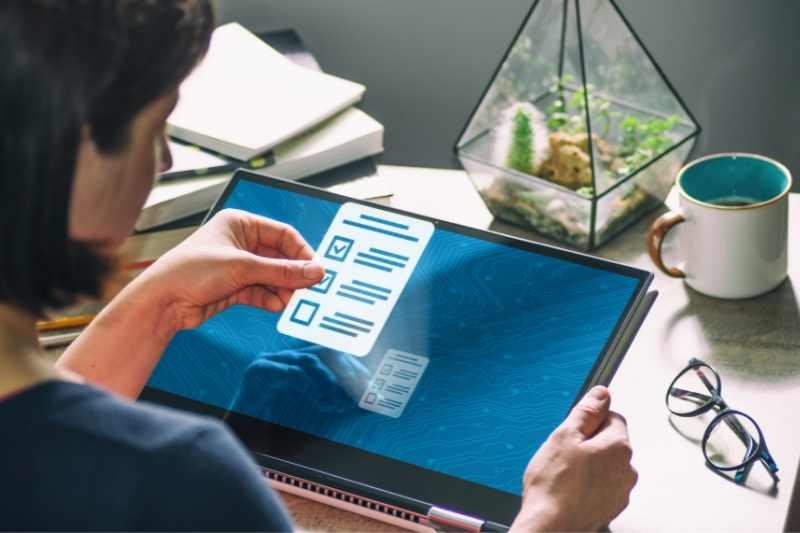
1. Reduced costs
Virtual inspections are more cost-efficient than traditional onsite inspections. This is because you only have to pay your inspector for their time during the inspection itself, not the commute. And if you’re conducting a more complex inspection that involves several experts, virtual inspections eliminate travel costs. This means you can spend more on hiring an expert and less on reimbursing gas money.
What’s more, virtual inspection software allows you to go paperless! Because you can upload any necessary documents, audits, and reports online, you’ll save money that would otherwise go towards printing and mailing costs.
2. Decreased scheduling conflicts
No time to wait around for an inspector to arrive? No problem!
Virtual inspections reduce the need for big chunks of your schedule to be dedicated to inspection windows. Remote inspections aren’t contingent on delays due to traffic, weather, or missed exits. Instead, video inspections can begin exactly at their scheduled times.
What’s more, if your inspection requires several experts, it can be even more difficult to find a time that works for all of the technicians. Virtual inspections allow for their involvement without them needing to be onsite.
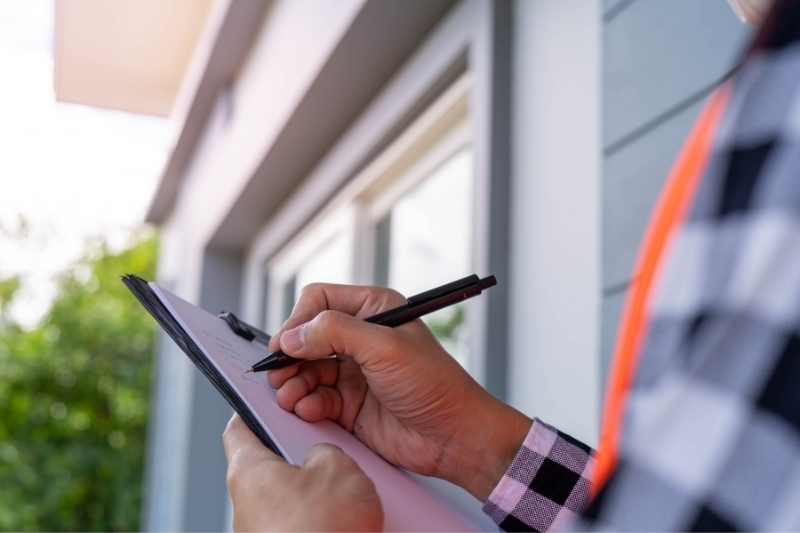
3. Increased productivity
Virtual inspections allow you to conduct inspections promptly. As a result, you can spend more time focusing your energy on essential duties.
Additionally, virtual site inspections are easier to coordinate than onsite inspections. Because of this, any issues found during the inspection will be caught early and taken care of.
4. Quality assurance
Remote virtual inspections ensure quality assurance by creating a detailed record of your property at the time of inspection. To create this record, invest in a high-quality 360° camera. This will give your inspector a sweeping view of the unit and ensure that the inspection is just as thorough as an onsite inspection.
5. Lowered carbon emissions
According to the EPA, the average driver produces 4.6 metric tons of carbon dioxide every year. And people with travel-heavy professions like building inspectors are sure to produce much more! Minimize these emissions by eliminating the need for your inspector to travel to your property.
In addition, implementing eco-friendly practices like a sustainable inspection solution will appeal to renters with a preference for sustainable initiatives. Typically, these renters are Gen Zers and millennials, who make up the largest percentage of current renters. So, lowering carbon emissions via virtual inspections will help you go green while appealing to young renters.
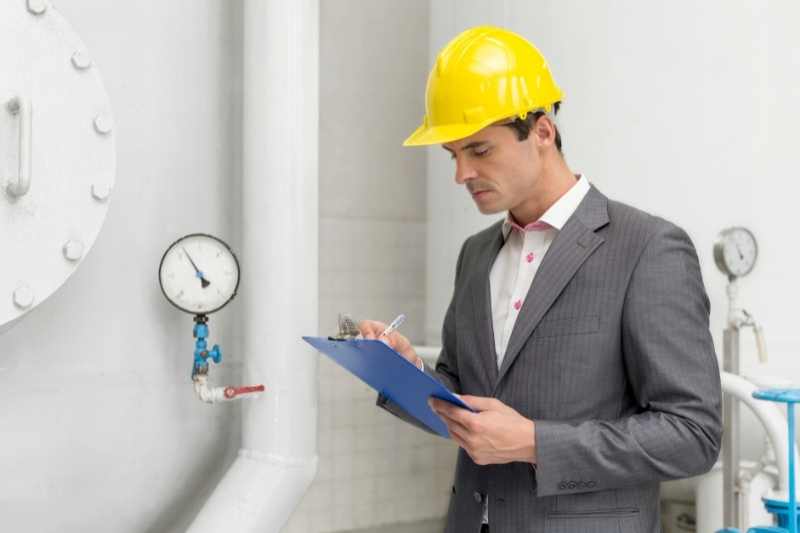
Tips for a successful remote virtual inspection
So you’ve scheduled a virtual inspection with your inspector. Here are a few things you must remember to ensure a successful virtual inspection of your rental property.
How to guarantee a successful virtual inspection:
- Check your WiFi connection. Make sure your WiFi connection is strong to prevent unnecessary delays or network connectivity issues.
- Charge your device. Nothing will disrupt a virtual inspection like a dying camera or computer! Ensure your device is fully charged prior to launching the video call.
- Double-check your tools. Have your tools for inspection on hand and do a quick assessment to ensure they’re working. These may include a tape measure, GFCI tester, or ladder.
